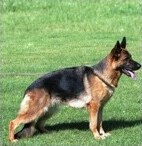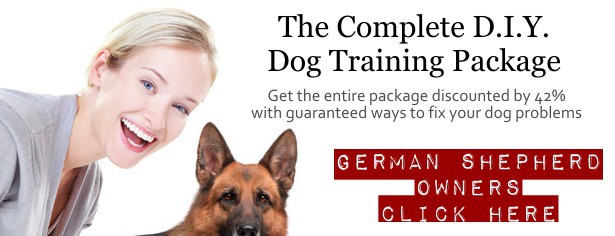 While German Shepherds are wonderful dogs and companions, they have negative aspects as well. One of the most notable negatives to having a German Shepherd is that your home will be covered in their hair. They suffer from notoriously heavy shedding. In fact, they’re rumored to be one of the dogs that shed the most.
While German Shepherds are wonderful dogs and companions, they have negative aspects as well. One of the most notable negatives to having a German Shepherd is that your home will be covered in their hair. They suffer from notoriously heavy shedding. In fact, they’re rumored to be one of the dogs that shed the most.
Their shedding can be obnoxious and time-consuming. However by anticipating when their shedding is the worst, you can take grooming steps to address the problem and minimize the vacuuming you’ll be doing later. In addition, there are a few cases where a dog may shed beyond a healthy amount so it’s important to recognize when this occurs and contact your veterinarian.
Every German Shepherd is bound to shed in some amount. Whether or not your German Shepherd has a short coat or long coat will impact how much shedding they experience.
If your pet has a short coat, it is a double coat. This means that underneath their silky, coarse fur that you touch when you pet it, there is a wooly, fuzzy undercoat. This undercoat is intended to insulate the dogs and keep them warm during the colder months.
Meanwhile, a long haired German Shepherd can be either single or double coat. More often than not, a long haired German Shepherd sheds less than the short-haired breeds.
This breed sheds almost year-round. However, there are two times during the year when a German Shepherd’s shedding is heavier than normal. For three weeks in the spring and three weeks in the fall, a German Shepherd’s coat will actively “blow” to either rid itself of its undercoat or build up its undercoat and push other fur out. You can expect excessive amounts of hair during these two times of the year.
It is important to groom a German Shepherd all year round but almost daily during the heavy shedding periods. Brushing helps keep the dog’s coat and skin underneath it healthy and clean, and actively prevents that hair from being shed where you don’t want it. If you don’t brush your Shepherd out, the hair and particularly the undercoat can get matted. These mats can lead to rashes, skin irritations and eventual bald spots if the mats get ripped out.
One great tool to use when grooming your pet is a coat rake. This tool is designed to not only disentangle the top coat but to also loosen up and extract their undercoat. Using this brush can take a little longer at first as you untangle both coats, and be uncomfortable for your pet. Be sure to have treats and positive reinforcement on hand as they let you groom them. Rather than a chore for both of you, treat these brushing sessions as time to bond with your pet and let them learn you are caring for them.
Another option to manage a shedding coat is to use dog clippers on your pet’s coat. If your dog has a double coat, the shearing of its coat may only help minimally. Trimming the top coat will help keep it from matting and make it quicker to brush out its undercoat. Always remember to brush your dog’s undercoat as often as you do the prettier top coat.
If this seems like too much effort or more than you can commit to an animal, consider getting a non-shedding dog instead of a German Shepherd. Animals like poodles, small terriers or designer dogs are bred to be hypoallergenic and not shed.
If you do have the time to groom your dog regularly, you’ll have a healthy bond with your pet and help prevent excess hair loss by letting it’s coat get unruly.


